The content of the article
Celery is a well-known plant that is used as seasoning for salads, various meat or fish dishes. There are no special difficulties in the independent cultivation of this crop, but it is worth knowing some of the nuances of agricultural technology.
Celery - what kind of fruit is it?
For many, celery is associated with parsley. Indeed, both the appearance of the foliage and the palatability of the foreign celery is very reminiscent of our parsley. Only the first culture has a very pronounced spicy aroma, which gives the dish a special piquancy. In celery, not only the upper leaf part, but also the root crop, as well as seeds, are widely used for food.
Celery, first used as food in ancient Greece, was not a food product, but a medicine. Celery was used in Asia and Europe to decorate the table, only in the 17th century it began to be used in cooking. Today celery has several types of varieties, which can be divided into three types:
- Sheet
- Petiole
- Root
As the name implies, leafy varieties of celery are grown for the harvest of tops, very similar to parsley. In petiole celery, both leaves and rhizome are suitable for food. Root celery is grown exclusively for a juicy, tasty fruit, which can reach 600-800 grams.
Celery is a biennial plant. In the first year, it gives a large crop of tops; in the second year, shooters with seeds grow. This should be taken into account when planting celery in a permanent place.
Some varieties differ in terms of ripening - late or early, so when choosing a variety should pay special attention to this characteristic.
What is useful celery
Celery is widely used in folk medicine as a tonic and salt-depriving agent. The special composition of the plant has a beneficial effect on the nervous system, improves sleep quality, increases appetite and also helps with obesity. Celery leaves contain a large number of essential oils - they have a powerful antimicrobial effect in various diseases of the internal organs. From celery, tinctures are prepared for diseases of the genitourinary sphere, it is used to treat gout, dermatitis and urticaria.
Features of agricultural technology celery
- Celery is a cold-resistant plant. Seedlings can easily withstand small frosts, and an adult plant winter well even in harsh Siberian climates.
- Culture does not like acid soil. An ideal place for growing celery are beds from cucumbers, potatoes or onions. It is not advisable to plant in the place where the same umbrella crops (beets, carrots) used to grow, this is due to common pests that can spoil the appearance of fragile, succulent leaves.
- In order for celery used for growing leaves to have a more tender tops without bitterness, it is necessary to apply the bleaching technique. To do this, a bunch of leaves is gathered together and tied with a thread from the ground itself, and then covered with a white sheet of paper, straw, burlap. It is forbidden to use newspapers or magazines for this, since they contain a large amount of lead harmful to the human body.
- Unlike some plants, celery leaves can be dried - because of this, the culture will not lose any beneficial properties. Root crops can be stored in cool rooms, for example, underground and eat during the whole winter.
- Celery responds well to organic and mineral fertilizers: when spring digging the earth, it is advisable to introduce manure and compost in a ratio of 2: 1. It is also necessary to sprinkle the soil with potassium chloride during the sacking of the prepared beds.
- Note! Caring for root celery is significantly different from leaf celery. The second type of plant has a positive attitude towards hilling, but the first one does not need this event at all. On the contrary, root celery is completely harmful to spud - this will cause lateral stems to appear in the fetus, which will worsen its presentation. But the orderly hilling of the leaf stalk only contributes to the growth of new stems with tops.
- If you want to get a large root crop of celery, cutting tops is prohibited. From this, the process of photosynthesis in the plant is disturbed and the root stops growing.
Cultivation of celery in the garden
Seedlings. Celery grows from very small seeds, which are not more than one millimeter. In this regard, it is necessary to grow celery seedlings.
Sowing should be carried out in early March, after daylight hours will increase rapidly. It is not recommended to plant the seeds immediately in the soil - seedlings may be small or not appear for a very long time due to the small size of the seed. In order to get a big crop of celery, you need to hold the seeds in a weak solution of manganese water or another organic solution. After about a day, drain the water and spread the seeds on a damp cloth, which is sprayed daily with plain water from a spray bottle. In a few days, the first sprouts will begin to appear - this is the first sign of planting seedlings in the ground.
In order not to damage the emerging roots, it is necessary to properly prepare the ground. Take in equal quantities peat, humus, leafy soil, sand. Mix thoroughly and make small holes with a depth of not more than 1 cm. Sow the seeds into these depressions. Sprinkle with peat on top, not tight, leaving the ground loose.
Cover the box with seeds planted tightly with plastic wrap to create a greenhouse effect and put it on the windowsill facing west or east. The optimum temperature for growth is 15-16 degrees Celsius.
Pick This stage is most important for root crops of celery, as in the process of picking, pinching of the main root occurs, that is, a large fruit is formed.
A pick can be carried out only after a pair of true leaves appear on the plant. Before you start to pull the seedlings out of the ground, it must be carefully watered, the ground should be moist. Carefully taking out the seedlings, remove the minor roots from the roots, then with careful movements, making a hole in advance with your finger or a spoon, put it in a new bowl. After all the seedlings are planted in a checkerboard pattern, pour water with the addition of Gummi or other fertilizer.
Landing and plant care. Before planting celery in the garden, at a permanent place of cultivation, it is necessary to harden the plant. To do this, leave the box with seedlings in the afternoon on the street, bring home in the evening. These procedures need to be done 5-6 days. After the celery is ready for the outdoor environment, it can be transplanted.
It should be noted that celery does not like deep plantings. Optimal for growth will be such a landing, in which the top of the root will be slightly visible above the ground. It is forbidden to cover the place of leaf growth with earth.
Make sure that celery is always watered - he does not like drying out the soil. At the same time, soil transfusion contributes to the emergence of bacteria, as well as numerous pests - snails, slugs, larval flies. Be sure to loosen and remove weeds.
Harvesting. Harvesting of root crops begins in October or early November, before severe frost sets in.The upper part of the plant - the tops of leaf varieties is cut throughout the year, but in this case, the root crops become unsuitable for food. In celery fruits, the tops are first cut off, as close to the base as possible. The tip of the root is trimmed and the plant is shaken off from an earthen coma.
There are no special features when storing celery roots. The main thing is moderate air humidity and periodic ventilation. Under these conditions, celery can remain juicy until March or April.
Celery is a vegetable crop rich not only in vitamins, but also surprisingly tasty. She is able to give any dish a special sophistication and unforgettable taste. In order to make unusual first or second dishes from celery all year round, you need to properly grow a plant in your garden. If you follow all the tips on agricultural technology, you will get a surprisingly large harvest!
Video: growing parsley and celery

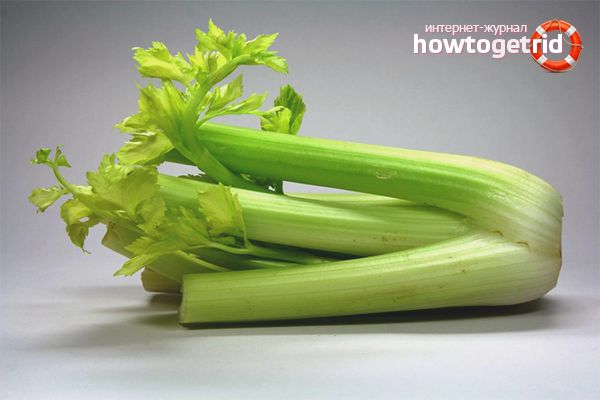
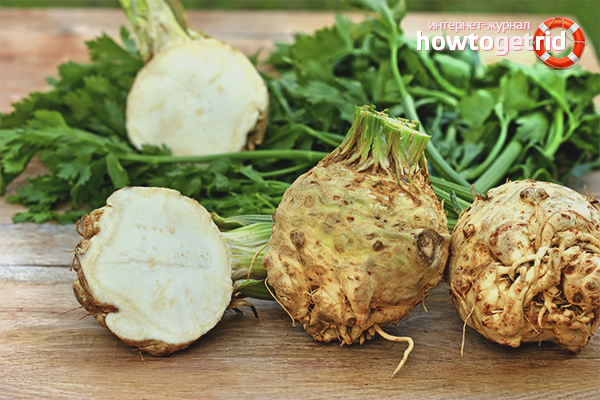


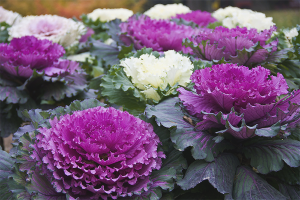
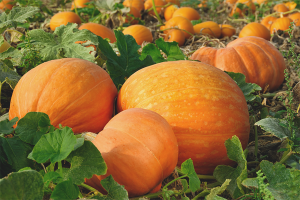
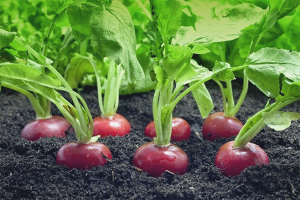

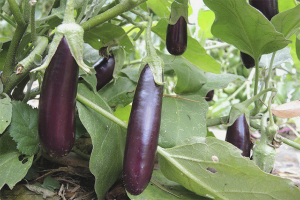
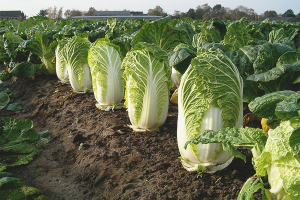
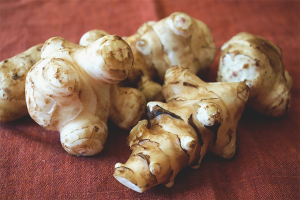
Submit